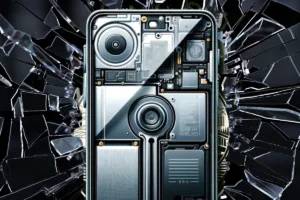Oregon Governor Tina Kotek has signed into law the state’s groundbreaking Right to Repair Act, surpassing the scope of similar legislation in New York, California, and Minnesota. This law mandates manufacturers to supply the same repair materials—parts, tools, and manuals— to both consumers and independent shops as they do to their official repair teams.
Distinguishing itself, the Oregon statute specifically bans the practice known as parts pairing or serialization, which uses software to ensure only approved components are used in repairs. This aspect of the law, outlined in SB 1596 and advocated by State Senator Janeen Sollman (D) and Representative Courtney Neron (D), aims to dismantle restrictions imposed by manufacturers, thereby facilitating easier repair options for residents. Charlie Fisher, director of Oregon’s chapter of the Public Interest Research Group (PIRG), lauded the legislation for offering a sustainable alternative to the prevailing disposable culture, highlighting its potential to conserve resources and reduce waste.
However, the law stops short of defining the duration for which manufacturers must support device repairs and limits the ban on parts pairing to devices sold from 2025. Exemptions include video game consoles, medical devices, HVAC systems, motor vehicles, and electric toothbrushes.
Apple expressed opposition to the bill, particularly its stance on parts pairing, citing risks to consumer security, safety, and privacy due to the potential use of unverified third-party parts. This contrasts with Apple’s eventual support for California’s repair legislation in 2023, which was contingent on requirements for repair providers to disclose the use of non-genuine or used components and to maintain security features. That is all good news for display makers but unlikely to make Samsung rethink its litigation of BOE.
Consumer Reports heralded the legislation for extending repair options to over 4 million people, reducing the costs and environmental impact of electronic waste. By requiring manufacturers to provide the same repair information, tools, and parts to independent repair shops and consumers as they do to their authorized repair services, the law aims to dismantle barriers that have traditionally restricted repairs to manufacturer-approved entities.

